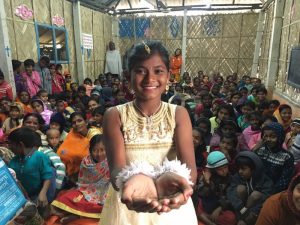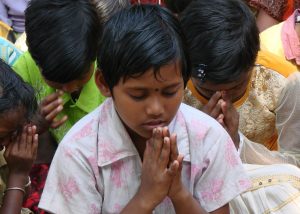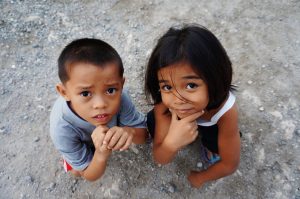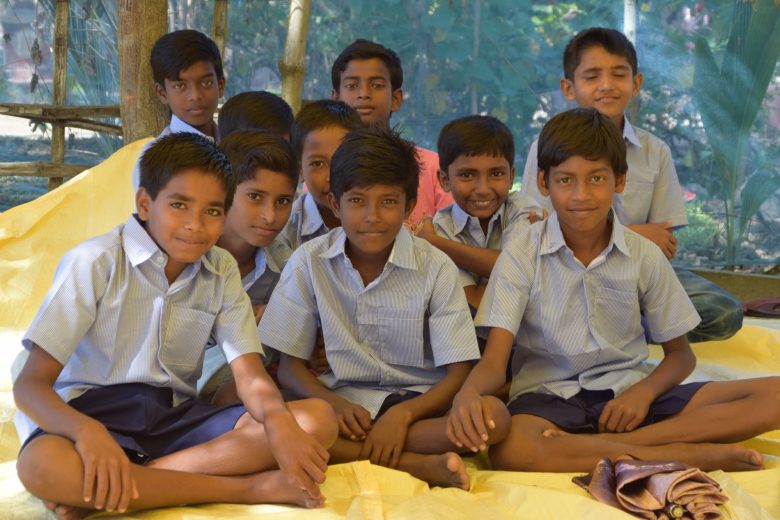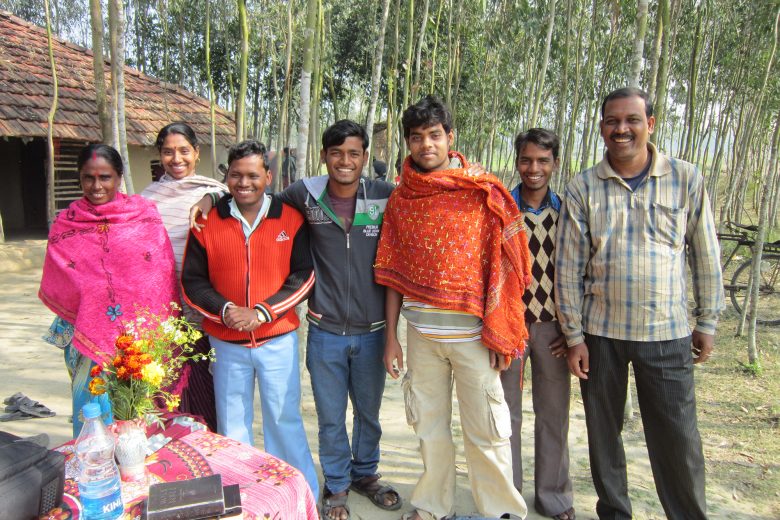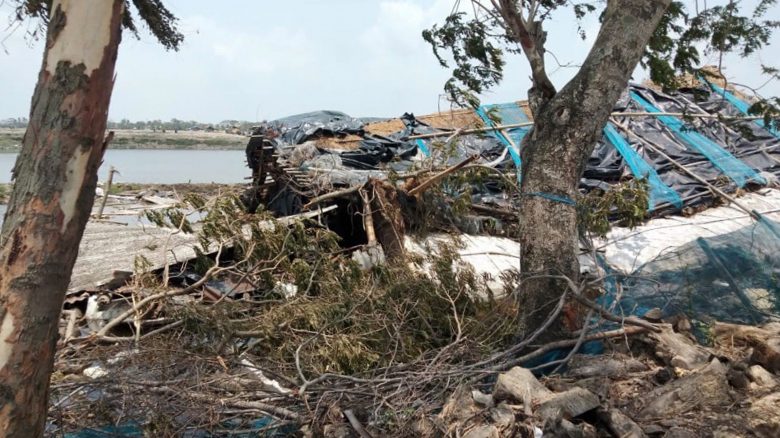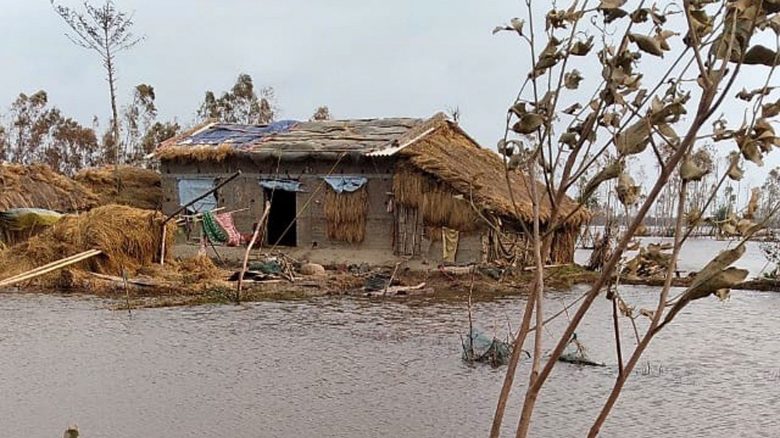
The Reality of Island life – Reflections of my first trip to India – Part 6
I wrote in an earlier blog that climate plays a rude villain to the people of the Sundarbans, as they are prone to yearly shocks of pre-monsoon cyclones, which severely damage habitation. The cyclonic storms and floods breach the banks, inundate the localities, render people homeless, and make agricultural lands completely unusable for a few years.
The message which was coming through the Public Address system was that there was impending threat to the embankment with the rising tide. This was confirmed by a passing gentleman on a bicycle who had the reputation of mastering the art of predicting a flood. He added that if the sea had not risen to a dangerous level by 10:00pm, three hours’ time, the island would be safe.
With tensions rising all around us minute by minute, we witnessed the bicycling gentleman stopping to update our partner on the water levels every half an hour. Our host was clearly concerned. Making the safety of his guests his priority, should he advise us to sit it out and see what happens or take us to a government-built brick building and place of safety which would mean a very long walk.

Storm Aila
The last biggest, devastating threat, Storm Aila, struck southern Bangladesh and eastern India in May 2009. Some islands in the Bay of Bengal and the mangrove forests of the Sundarbans region were inundated and cut off from relief and rescue workers for days. Clean drinking water was an acute problem.
The saline water gushed into the villages, destroying homes and leaving many of the inhabitants without shelter and food. The brackish waters left the farmlands barren, and the small fresh water ponds became too salty for the fish, which died causing further poverty and unemployment. It was impossible for them to know how long it would take to rid the soil of the excess salts.
This was an experience which was indelible in the minds of its victims. For most of them, it was life before and after Aila.
United in purpose
However, the close-knit communities proved that by uniting in trauma and providing support to each other was the only way in which they could survive a disaster of such ferocity, as they helped each other rebuild their homes.
Each year the islands continue to get flooded during monsoon season or high tides. People of the Sundarbans live in fear of another Aila-like cyclone. However, left without any other option, the victims limp back to life afterwards.

United in prayer
The inhospitable land has endowed the islanders with values and a sense of hospitality that moves the outsider. We could only imagine what they went through in seeing their homes being slowly flooded by the murky waters, and some even washed away.
We were deeply moved by the realisation that this evenings’ events was, for them, nothing new. This was their way of life. We felt strangely privileged to be experiencing with them this flood alert which they must constantly have to endure. However, the warning coming from the bicycling gentleman was that this would be a big one.
We decided to stay, unite with the islanders as we gathered to pray for their protection over this latest threat. And to let the drama unfold.

The peace of the setting sun amidst the drama
And so to bed
We went to bed, at peace knowing that we trusted in a God who heard our prayers. Although a slight worrying thought crept into my mind as I drifted off to sleep. If we were to die here, 5000 miles from home, how would our families know of our fate?
The men of the island had started work to fortify the fragile embankments and this continued throughout the night.
The only drama we experienced was bedding down on a wafer thin foam base on the hard schoolroom floor, underneath mosquito nets. Both men and women were to be sharing the same sleeping area. It was a moment which offered us great amusement.

Strange imaginings
I woke up in the middle of the night feeling strangely very cold and
to the sound of howling dogs who seemed to sense impending threat. I thought I could hear the sound of rushing waters swirling around the outside of the bamboo building, and men calling for us to evacuate.
Neither, in reality, was the case. Both the coldness and the sound came from the huge motorised fan which was whizzing over our heads. The male voices, I discovered the following day, were the workers on the embankments who were shouting instructions to each other. I laughed to myself and felt more than a little foolish in doubting God’s amazing protection for us all. But, what joy we had in praising Him for His love and grace as we met together that morning.
Storm Aila of 2009 may have destroyed hundreds of homes on Rupamari, but we thank God that the ability of the people of this beautiful island to regroup and rebuild has certainly not been crushed.
And so our first full day and night in West Bengal was over, with the promise of a new day ahead, with its own excitement and blessings.
Reflections of my first trip to India – Part 7 coming soon!
